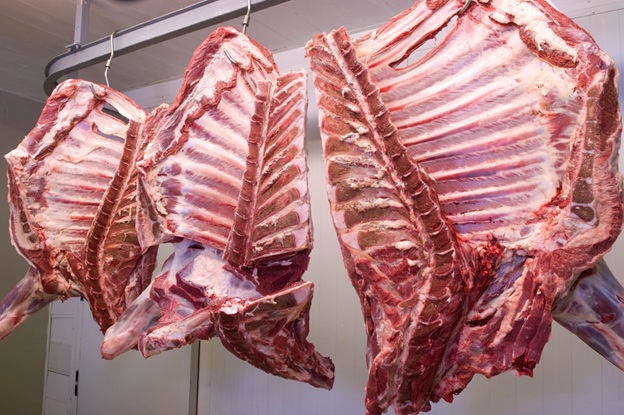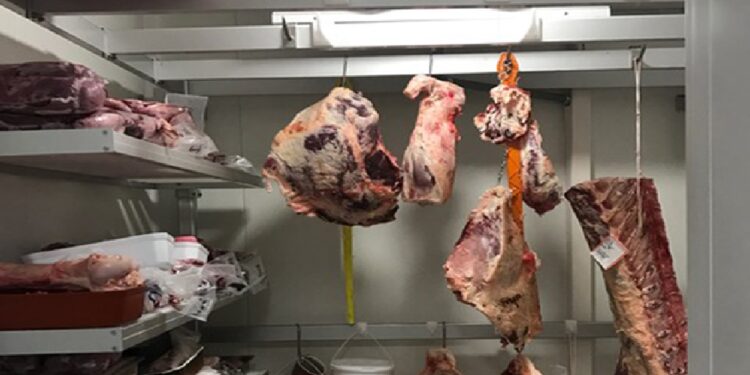Effective temperature and humidity control in a meat cold room is essential for maintaining meat quality, extending shelf life, and ensuring food safety. Proper management of these factors prevents spoilage, bacterial growth, and dehydration, which can all compromise the integrity of the meat.
Below are key strategies to optimize temperature and humidity control in a meat cold room.
1. Maintain the Right Temperature
The ideal temperature for meat storage in a cold room typically falls between 0°C and 4°C (32°F to 40°F). Keeping meat at this temperature range slows down microbial activity and enzymatic reactions, which can otherwise lead to rapid spoilage. Meat should be stored at a temperature that prevents freezing, as freezing can affect the texture and quality of the product when thawed.
To maintain an optimal temperature:
- Use accurate temperature sensors: Regular calibration of temperature sensors and monitoring devices is crucial. Modern systems with real-time tracking can alert operators to any deviations.
- Regularly inspect refrigeration equipment: Ensure that refrigeration units, fans, and coils are clean and functioning efficiently. Any malfunction in these systems can lead to temperature fluctuations.
- Prevent temperature fluctuations: Minimize the frequency of cold room door openings and ensure the room is tightly sealed. External temperature variations can have a significant impact on the internal environment.
2. Control Humidity Levels
Humidity control is just as important as temperature in preserving meat quality. High humidity levels, typically between 85% and 90%, prevent the meat from drying out and becoming leathery or tough. On the other hand, excessive humidity can encourage the growth of bacteria and mold, leading to contamination.
To regulate humidity effectively:
- Install a humidity control system: Humidity sensors and humidifiers or dehumidifiers should be installed in the cold room. These devices maintain consistent levels, preventing too much moisture loss or condensation.
- Proper air circulation: A well-ventilated cold room with evenly distributed airflow helps maintain uniform humidity levels. Stale air can lead to uneven moisture distribution, resulting in some areas being too dry and others too moist.
- Monitor relative humidity regularly: Use digital humidity meters to track moisture levels and adjust accordingly. A fluctuating or incorrect humidity level can lead to spoilage or drying of the meat surface.

3. Use Proper Storage Techniques
The way meat is stored in the cold room significantly influences how well temperature and humidity are managed. Improper storage can obstruct airflow, resulting in uneven cooling or drying of meat products.
- Allow space for airflow: Meat should not be stacked too tightly. Adequate space between products allows for consistent air distribution, ensuring both temperature and humidity are evenly maintained.
- Use proper packaging: Meat should be wrapped tightly in moisture-resistant packaging to prevent contamination and maintain freshness. Vacuum-sealing and shrink-wrapping can help retain moisture and prevent freezer burn or dehydration.
- Organize products according to temperature sensitivity: Keep more perishable items towards the front of the cold room where they are more likely to be exposed to cooler air. Rotate stock based on a “first-in, first-out” approach to prevent older meat from spoiling.
4. Regular Maintenance and Monitoring
Routine maintenance and monitoring are essential to ensure consistent control of temperature and humidity. Refrigeration systems, sensors, and air circulation equipment should be inspected frequently to ensure they are operating correctly. Additionally, set up alarms or notifications for any significant temperature or humidity changes that could compromise meat quality.








































